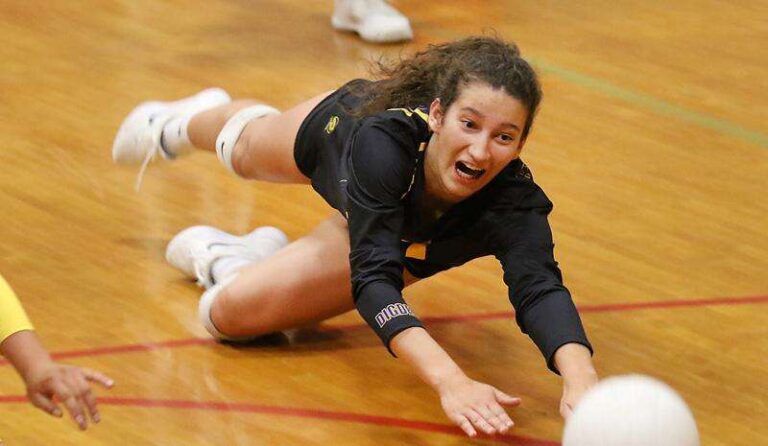How many sets are in a volleyball game?

In a volleyball game, the number of sets played can vary depending on the level of play and the specific rules being followed. Sets are integral units within a volleyball match that contribute to determining the ultimate winner. They provide structure and excitement, allowing teams to showcase their skills, strategies, and teamwork. Whether you’re a player, coach, or passionate spectator, understanding the number of sets in a volleyball game is essential for comprehending the dynamics and following the progression of a match. In this article, we will explore the typical number of sets played at different levels of play, highlighting the variations and factors that influence the set structure in the world of volleyball.
What is the set in volleyball?
Basic Structure of a Volleyball Match
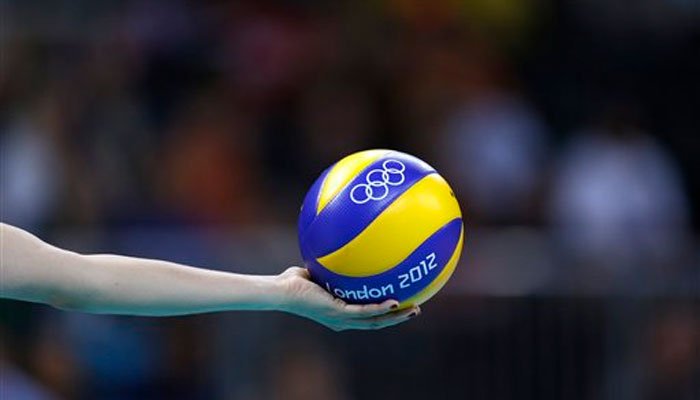
A volleyball match follows a specific structure that includes various elements and stages. Understanding the basic structure of a volleyball match helps players, coaches, and spectators follow the game and appreciate its dynamics. Here is a breakdown of the essential components of a volleyball match:
-
Teams and Player Positions:
- Two teams, each consisting of six players, compete against each other on a rectangular court divided by a net.
- Players assume specific positions, such as setters, hitters, liberos, and blockers, to fulfill their roles during the game.
-
Pre-Match Procedures:
- Before the match begins, both teams engage in warm-up exercises to prepare physically and mentally for the game.
- Teams submit their starting lineups to the referee or scorekeeper, ensuring transparency and adherence to the rules.
-
Set Start:
- The match starts with a coin toss or predetermined method to determine which team serves first and which side they start on.
- Teams rotate clockwise after each side-out (when the serving team loses a rally) to ensure fair distribution of positions.
-
Rally Point Scoring:
- Volleyball employs a rally point scoring system, where teams can score a point on every rally, regardless of which team serves.
- A rally begins with a serve and concludes when the ball hits the floor, goes out of bounds, or a fault is committed.
-
Set Format:
- A volleyball match is divided into sets, which are independent units within the overall match.
- The number of sets played in a match can vary based on the level of play and specific competition rules.
- Each set concludes when one team reaches a predetermined point threshold with a minimum two-point advantage.
-
Switching Sides:
- At specific intervals during the set, teams switch sides of the court.
- This rotation helps balance any advantages or disadvantages caused by external factors like lighting, wind, or surface conditions.
- Switching sides is typically done when the sum of the scores of both teams reaches a certain threshold, such as 8 points.
-
Set Conclusion:
- The team that reaches the predetermined point threshold with a minimum two-point advantage wins the set.
- If a set reaches a tie at 24-24, play continues until a two-point lead is established.
-
Match Conclusion:
- The match concludes when one team wins the majority of sets.
- The number of sets required to win a match depends on the specific rules being followed, such as best-of-three or best-of-five sets.
-
Post-Match Procedures:
- After the match ends, teams often engage in sportsmanlike rituals, such as shaking hands or high-fiving, to acknowledge the efforts of both teams.
Number of Sets in Different Levels of Play
The number of sets played in a volleyball game can vary based on the level of play, ranging from recreational matches to high school, college, and professional competitions. Let’s explore the typical number of sets played at different levels:
Recreational/Amateur Level
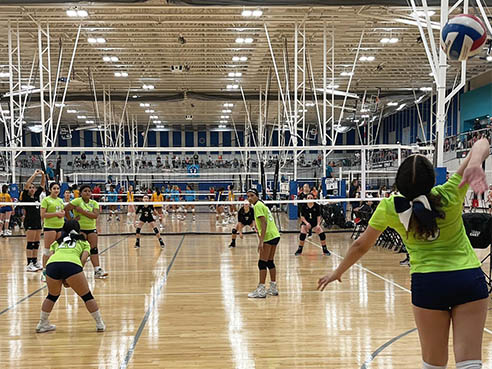
At the recreational or amateur level, volleyball matches often consist of a best-of-three-sets format. This means that the team that wins two sets out of three emerges as the winner. This format allows for shorter and more accessible matches, making it suitable for casual players and friendly competitions.
High School/College Level

In high school and college-level volleyball, matches commonly follow a best-of-five sets format. This means that the team that wins three sets out of five emerges as the victor. This format adds an extra level of challenge and endurance to the game, requiring teams to maintain consistent performance throughout the match.
Professional Level (e.g., FIVB, Olympic Games)
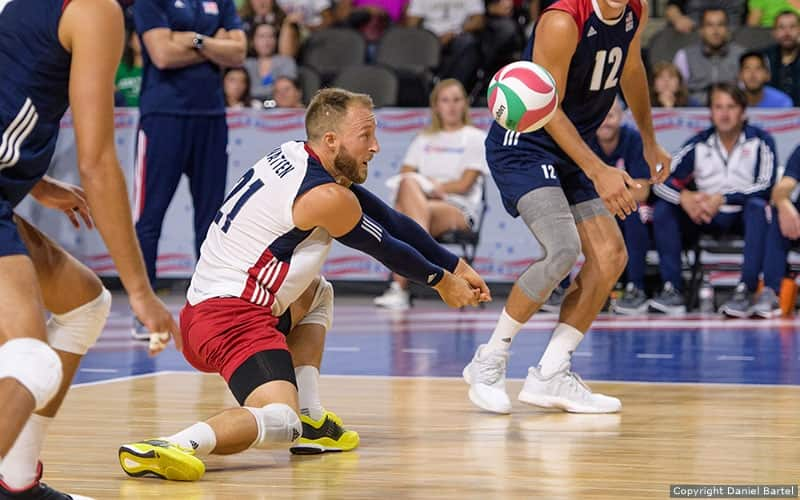
In professional volleyball tournaments and competitions, such as those organized by the International Volleyball Federation (FIVB) or the Olympic Games, the typical number of sets played is also a best-of-five format. However, it is important to note that variations can exist based on specific tournament rules or the stage of the competition. For example, in some tournaments, knockout stages may adopt a best-of-three sets format to increase the intensity and competitiveness of matches.
Determining the Winner of a Volleyball Match
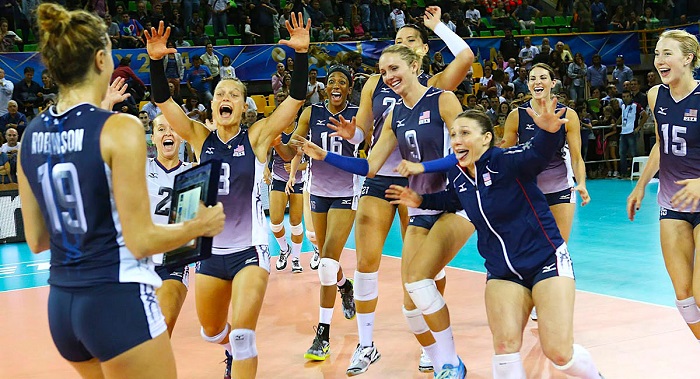
The winner of a volleyball match is determined based on the number of sets won by each team. The specific criteria for declaring a winner may vary depending on the level of play and the rules being followed. Here’s how the winner is typically determined in a volleyball match:
Best-of-Three Sets Format
In a best-of-three sets match, the team that wins two sets out of three is declared the winner. Each set follows a predetermined point threshold, commonly 25 points, with a minimum two-point advantage. If a set reaches a tie at 24-24, play continues until one team establishes a two-point lead and wins the set. The team that wins two sets first wins the match.
Best-of-Five Sets Format
In a best-of-five sets match, the team that wins three sets out of five emerges as the winner. Similar to the best-of-three format, each set has a predetermined point threshold, often 25 points, with a minimum two-point advantage. If a set reaches a tie at 24-24, play continues until a two-point lead is established, and the team that achieves this two-point lead wins the set. The team that wins three sets first wins the match.
Tournament or League-Specific Rules
In some tournaments or leagues, specific rules may be in place to determine the winner of a match. For example, in a round-robin format where multiple teams compete against each other, the winner may be determined based on the number of matches won or a points-based system, considering factors such as sets won, points differential, or head-to-head results.
Conclusion
Sets form the building blocks of a volleyball match, providing structure and excitement for both players and spectators. The number of sets in a volleyball game varies depending on the level of play, with recreational, high school, college, and professional matches adopting different formats. Understanding the rules and format of sets is essential for enjoying and appreciating the dynamics of volleyball matches. So whether you’re a player or a fan, keep an eye on the sets as they unfold and witness the thrilling competition on the volleyball court.
FAQ
How many sets are typically played in a volleyball game?
The number of sets played in a volleyball game can vary depending on the level of play and specific competition rules. In general, volleyball matches are often played as best-of-three sets or best-of-five sets.
What does “best-of-three sets” mean?
In a best-of-three sets match, the team that wins two sets out of three is declared the winner of the game. Each set follows a predetermined point threshold, commonly 25 points, with a minimum two-point advantage.
What does “best-of-five sets” mean?
In a best-of-five sets match, the team that wins three sets out of five emerges as the winner of the game. Like the best-of-three format, each set has a predetermined point threshold, typically 25 points, with a minimum two-point advantage.
Can a volleyball match end in a tie?
In most cases, volleyball matches do not end in a tie. The sets are structured to ensure that one team emerges as the winner by winning the majority of sets played. If a set reaches a tie at the predetermined point threshold (e.g., 24-24), play continues until one team establishes a two-point lead and wins the set.
Do all volleyball matches follow the same set structure?
While the best-of-three and best-of-five set structures are common, variations can exist based on tournament rules, league regulations, or unique circumstances. Some tournaments may adopt a different set format, such as best-of-seven sets, for certain stages or finals, increasing the number of sets played.
Are there any exceptions or variations in determining the winner based on sets?
Depending on the specific tournament or league, additional tiebreaker rules may come into play if two teams have an equal number of sets won. These tiebreaker procedures can vary and may involve factors like point differential or head-to-head results to determine the winner.
Volleyball Related Questions

I’m James Ritter, a sports enthusiast. I’ve played sports since school, and now I enjoy writing about them. My goal is to inspire aspiring athletes through stories of success and determination. I believe anyone can achieve greatness with the right guidance. I aim to make a positive impact on the sports community by sharing stories and insights, connecting my love for sports and writing. Join me on this journey of inspiration for all sports lovers.


